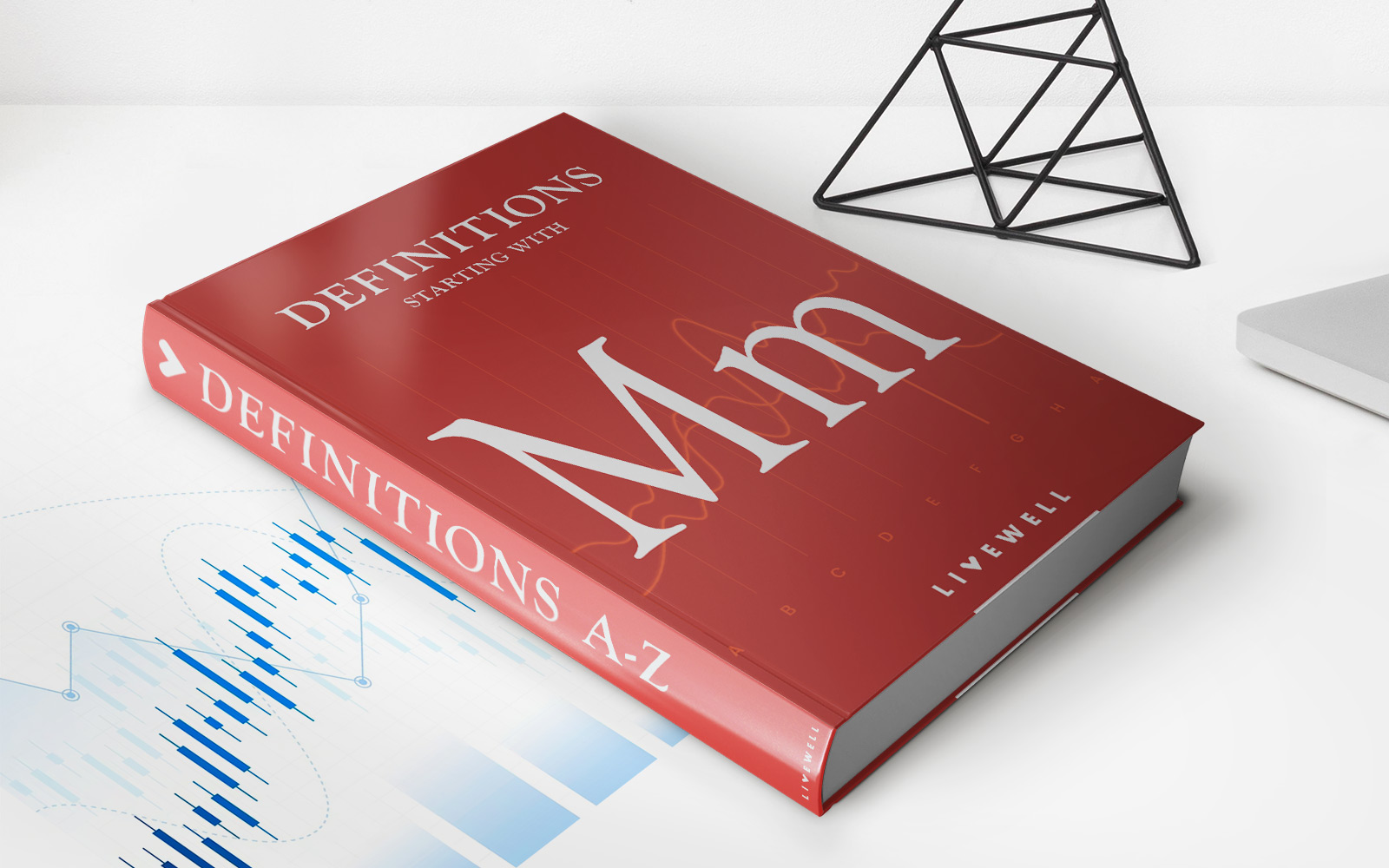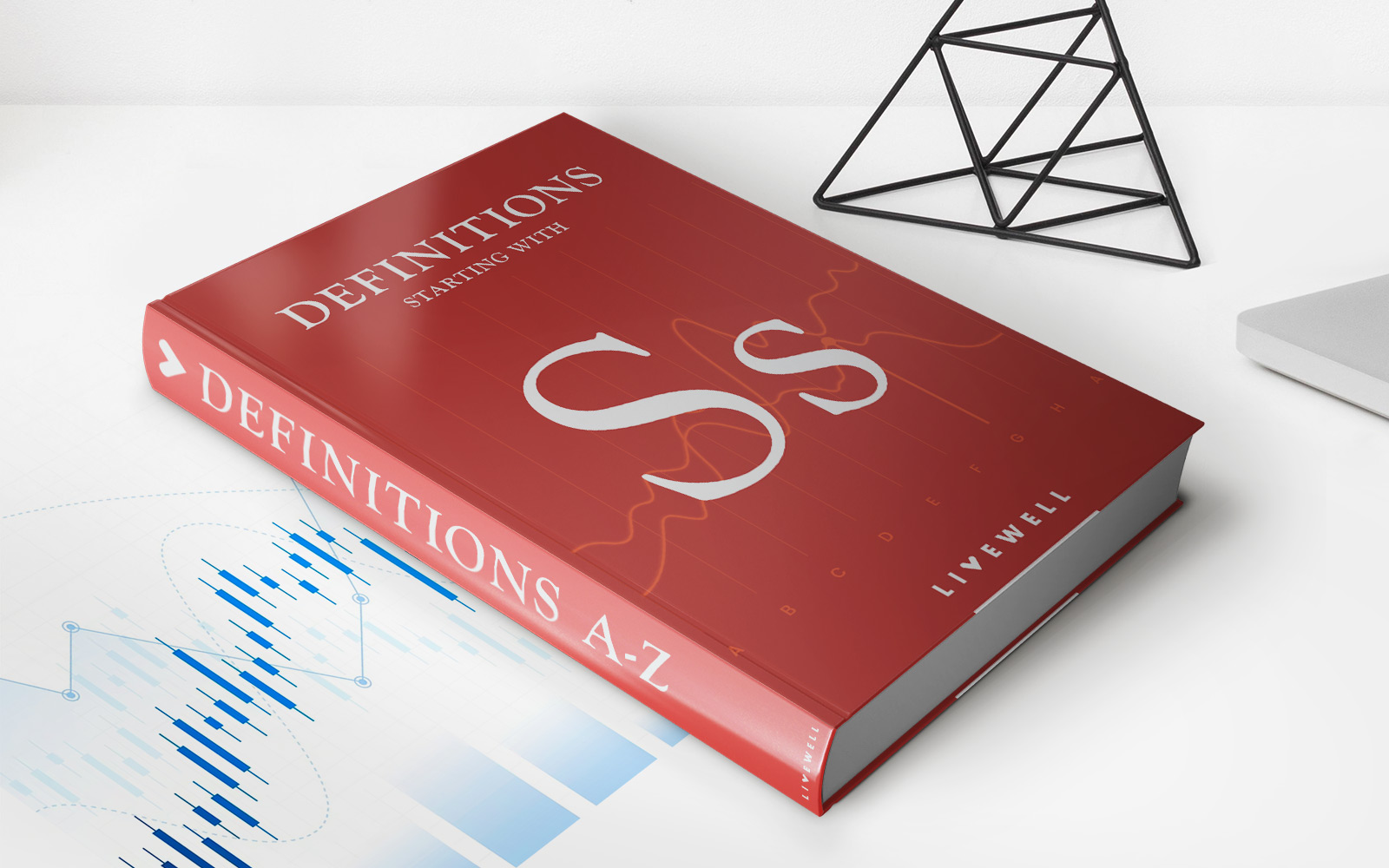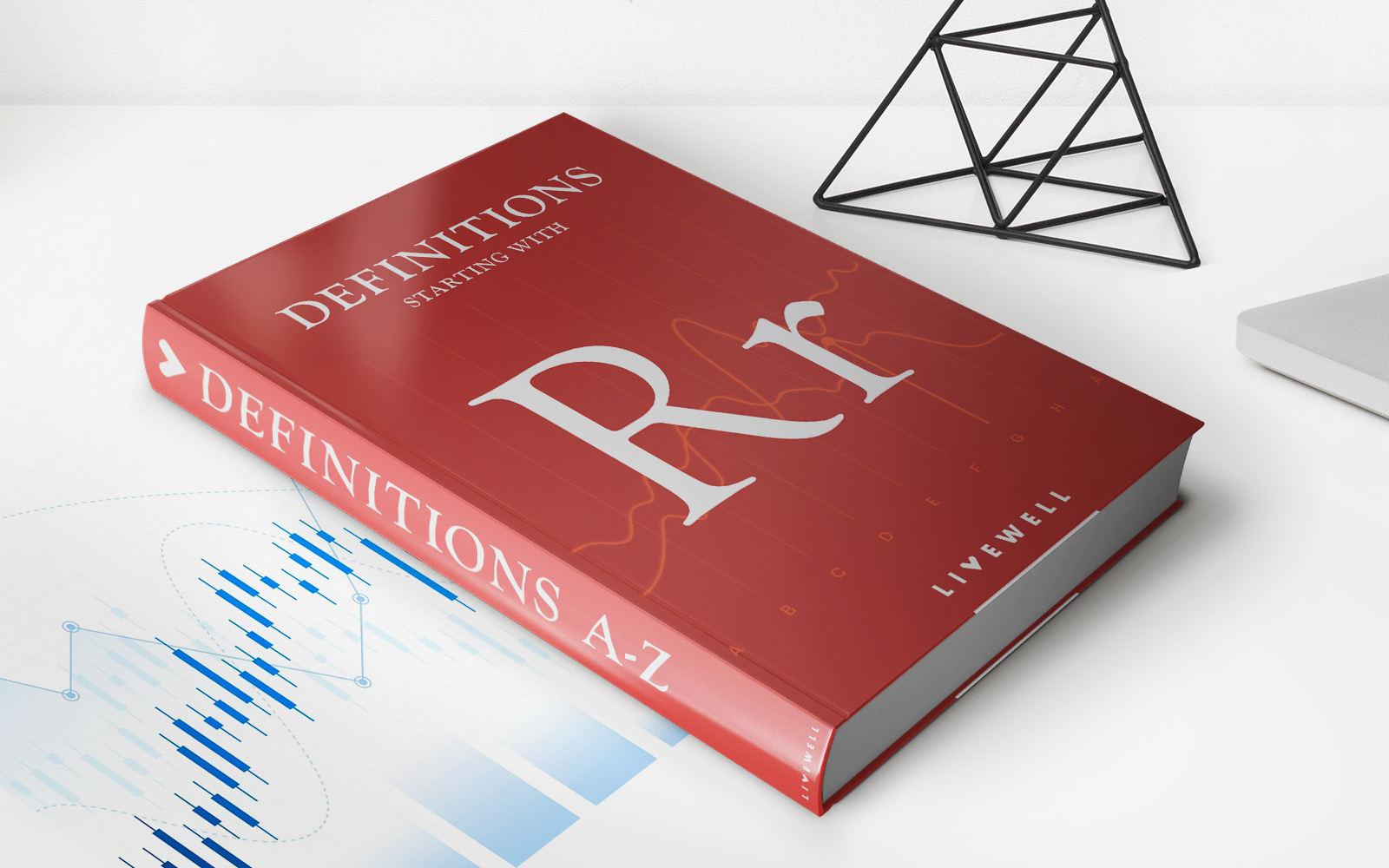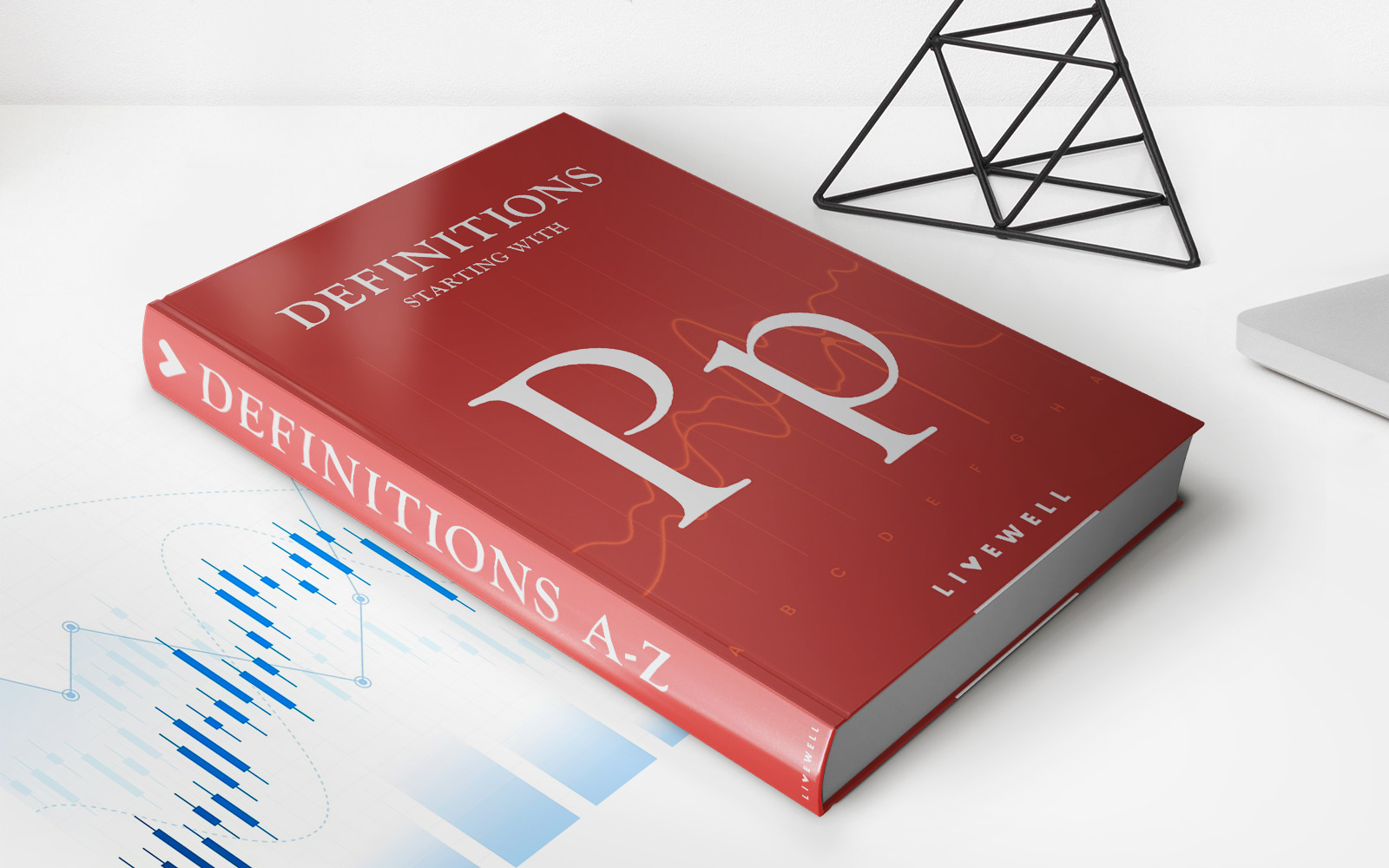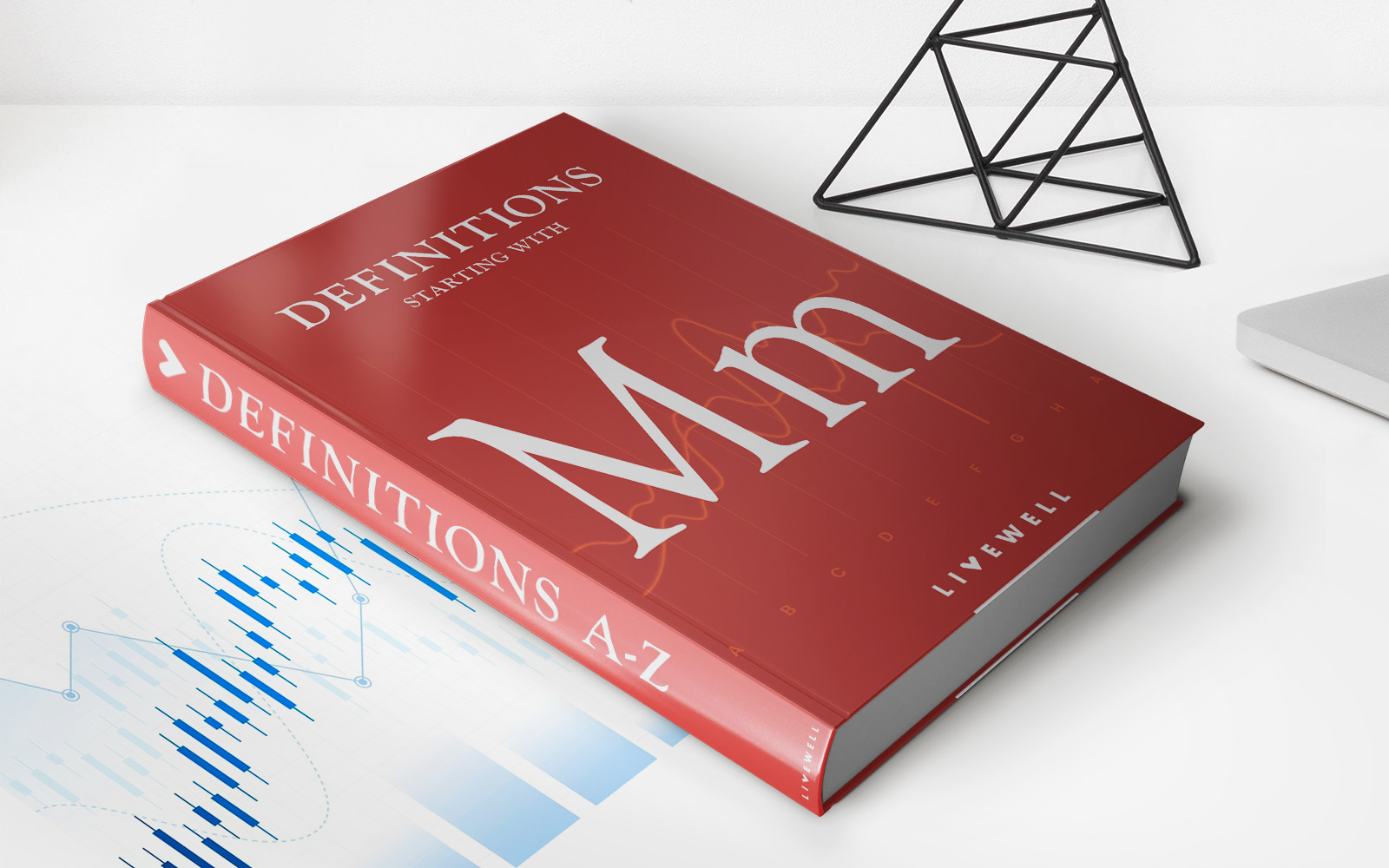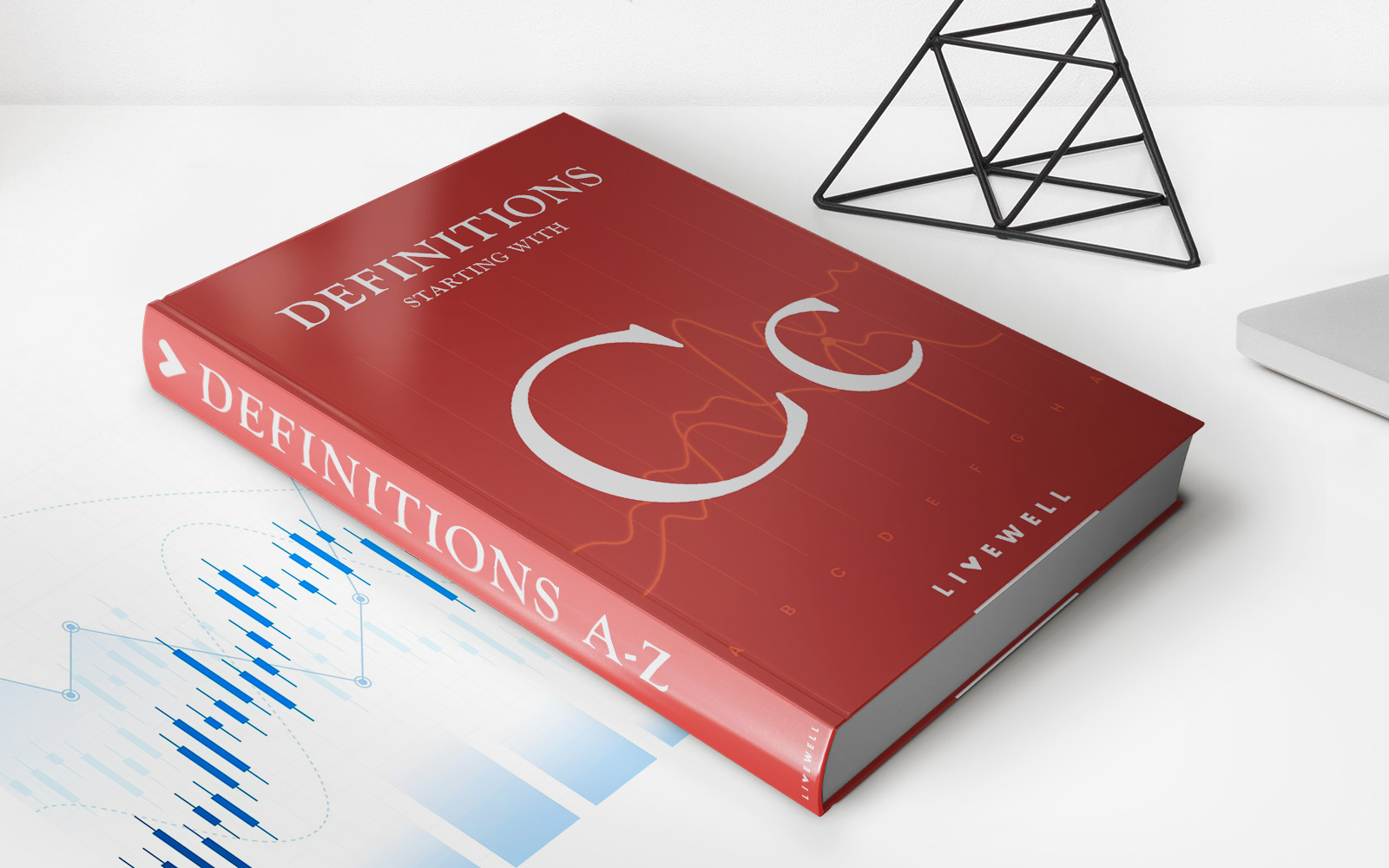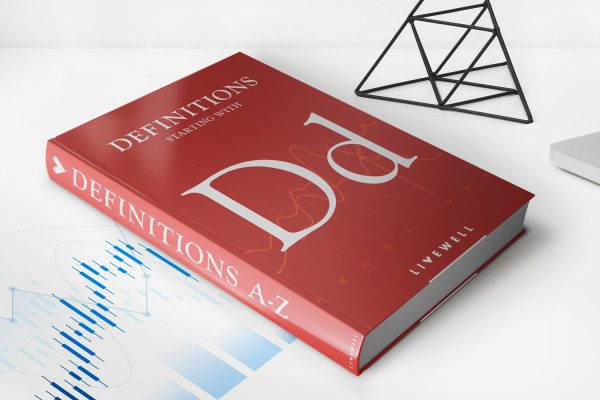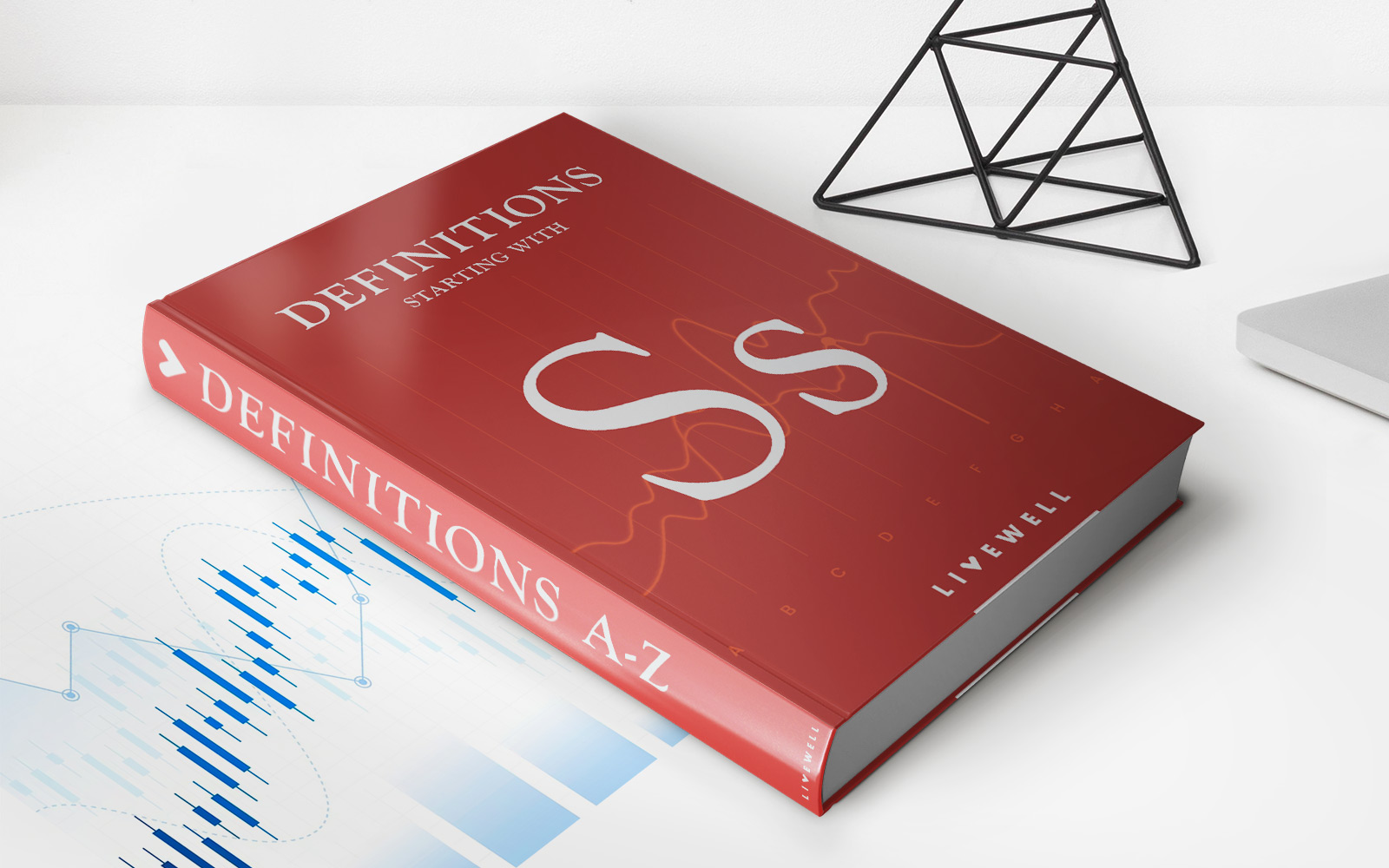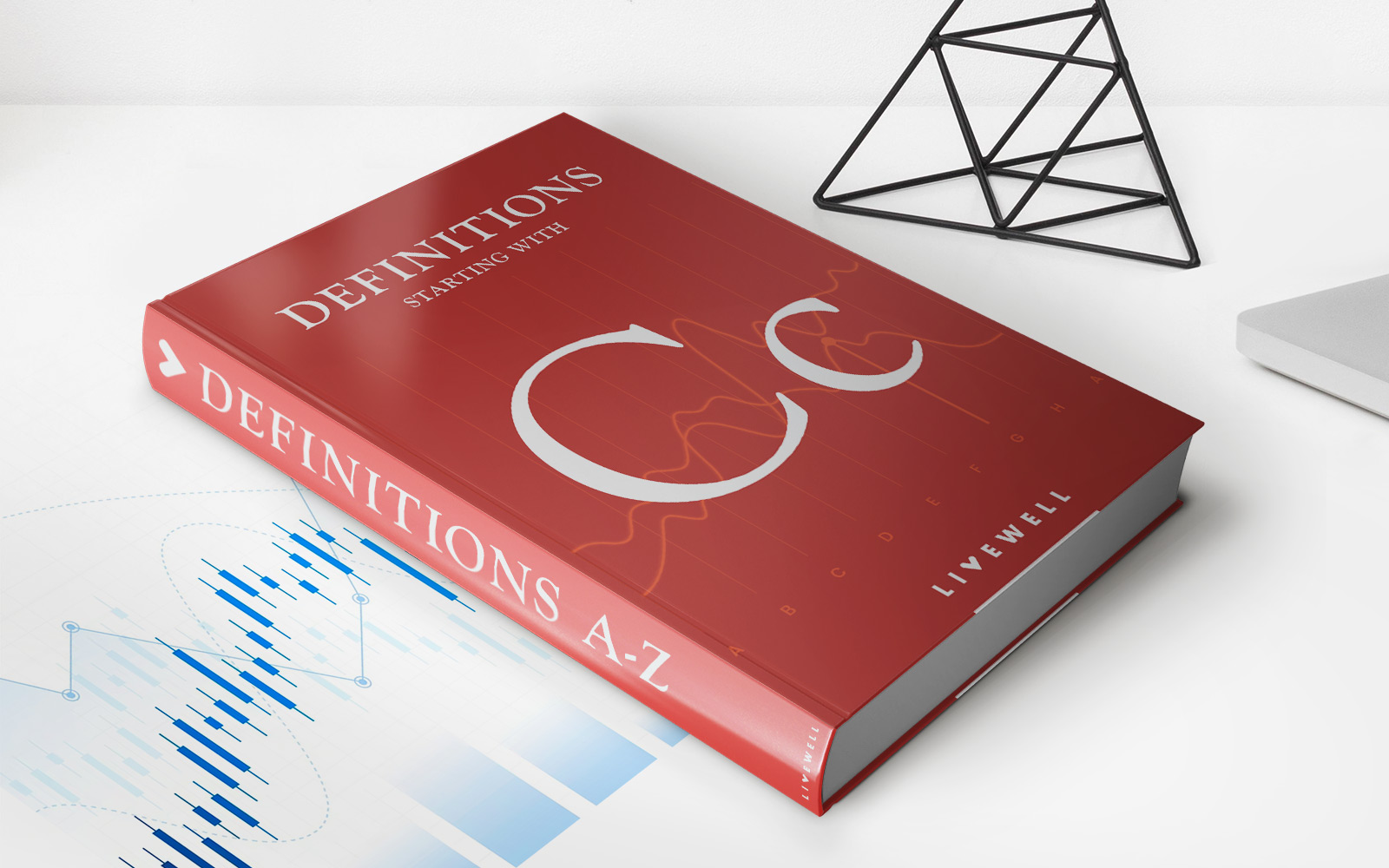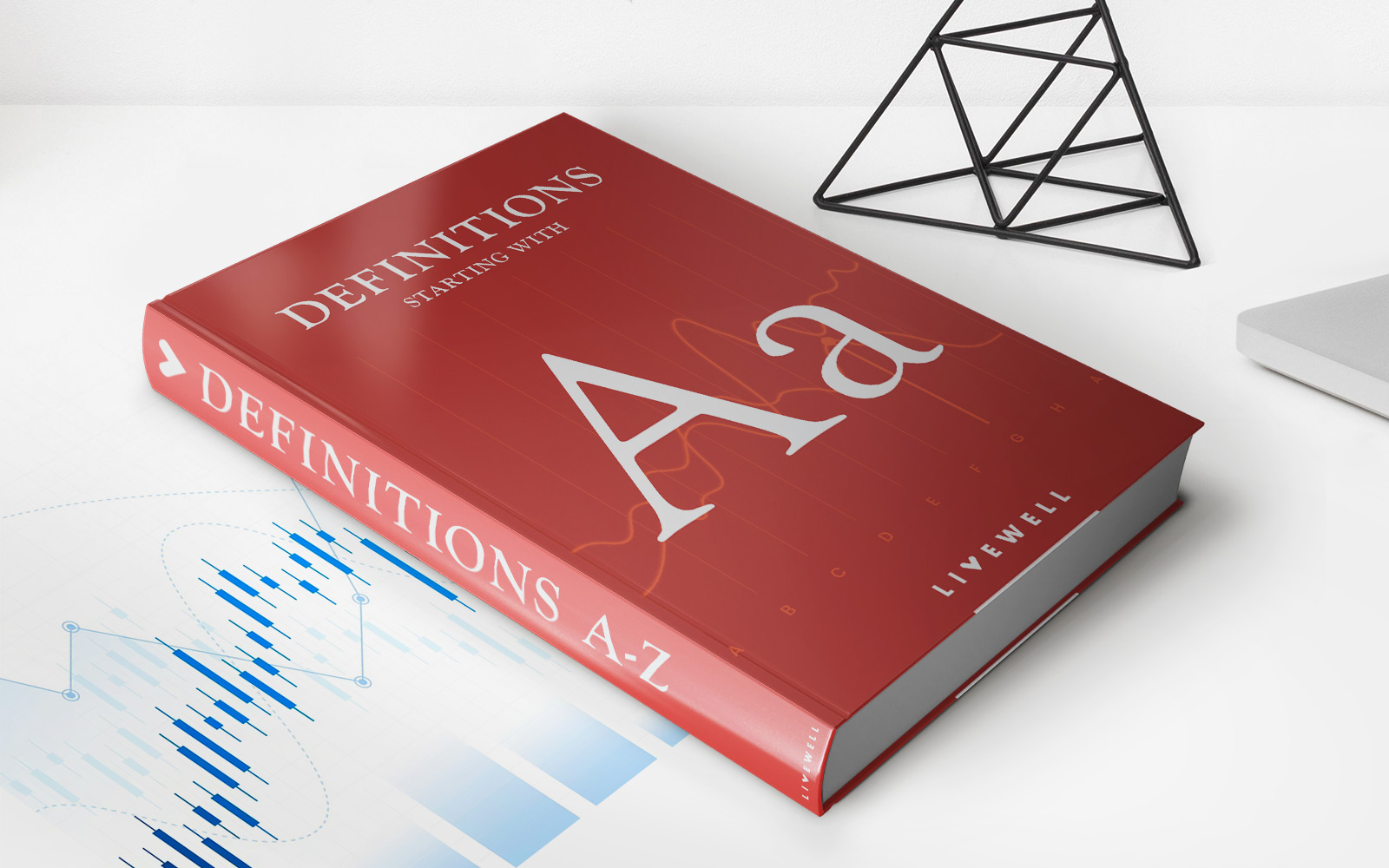Home>Finance>What Is Market Depth? Definition, How It’s Used, And Example
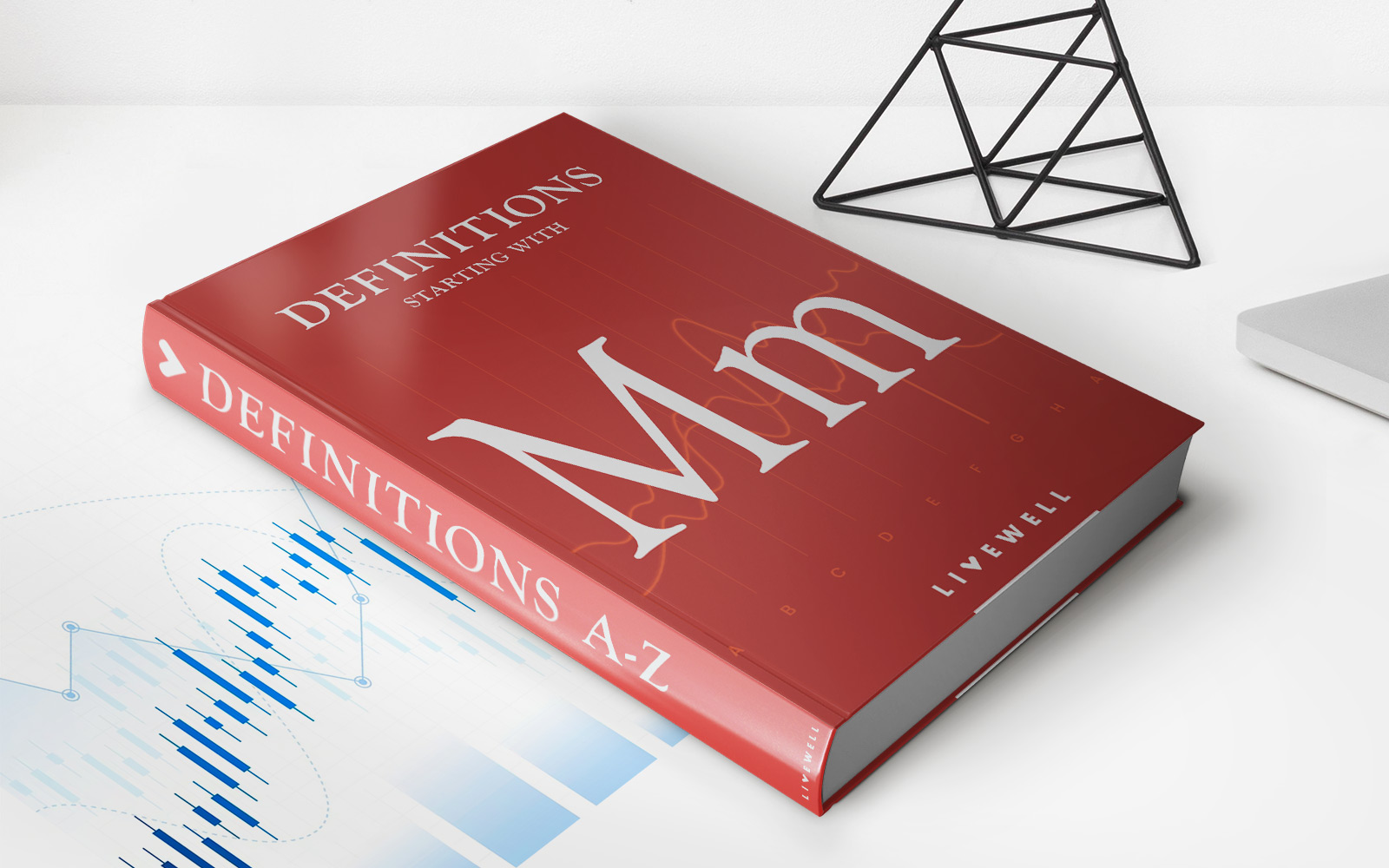

Finance
What Is Market Depth? Definition, How It’s Used, And Example
Published: December 22, 2023
Learn the definition and uses of market depth in finance, with examples. Understand how this concept impacts trading and investment decisions.
(Many of the links in this article redirect to a specific reviewed product. Your purchase of these products through affiliate links helps to generate commission for LiveWell, at no extra cost. Learn more)
Understanding Market Depth: A Guide to Efficient Trading Strategies
As investors, we often hear the term “market depth” thrown around in the world of finance. But what exactly does it mean, and how can it be used to our advantage? In this article, we will delve into the concept of market depth, explore its definition, discuss how it is used by traders, and provide an example to help illustrate its significance in the financial markets.
Key Takeaways:
- Market depth refers to the quantity of buy and sell orders at each price level for a particular security or asset.
- Understanding market depth can help investors gauge the overall liquidity and potential price movements in a given market.
What Is Market Depth?
Market depth is a term used to describe the abundance of buy and sell orders in a market at varying price levels. It provides investors with a snapshot of the supply and demand dynamics of a particular security or asset. Essentially, market depth reveals how much buying or selling pressure exists at different prices, thereby indicating the potential level of liquidity and price volatility in the market.
In simpler terms, market depth shows us the number of buyers and sellers waiting in line for a particular stock or asset at different price points. The concept is similar to standing in a queue at a popular restaurant – the more people waiting to get a table, the greater the demand and the longer the wait time. In the financial markets, this can have implications for both short-term traders and long-term investors looking to make informed decisions.
How Is Market Depth Used?
Market depth is a vital tool used by professional traders to analyze the current market sentiment and make well-informed trading decisions. Here are a few ways market depth is utilized:
- Identifying Support and Resistance Levels: Traders often use market depth to identify crucial support and resistance levels in the market. The presence of significant buy orders at a specific price level indicates a potential support level, where buying interest is likely to arise. Conversely, a high number of sell orders suggests a resistance level, where selling pressure could intensify.
- Assessing Liquidity: Liquidity is a crucial aspect for traders, as it affects their ability to quickly enter or exit positions. Market depth allows traders to evaluate the liquidity of a market by analyzing the number of orders at various price levels. High liquidity, reflected by substantial buy and sell orders, provides traders with ample opportunities to execute trades at desired prices without significant price impact.
- Understanding Price Action: Market depth provides insights into price action by revealing the level of demand and supply at different price levels. Traders can gauge the overall sentiment and anticipate potential price movements based on the imbalance between buy and sell orders. For example, if there is a significant accumulation of buy orders but only a few sell orders, it may signal upward price momentum in the near term.
- Executing Trades: With the help of market depth, traders can determine the optimal price and quantity at which to enter or exit a trade. By observing the order book, traders can identify the most competitive prices and adjust their strategies accordingly, maximizing the chances of obtaining desirable trade executions.
It’s important to note that market depth is not a crystal ball predicting future price movements, but rather a tool providing valuable information to traders. Utilizing market depth alongside other technical and fundamental analysis tools can enhance decision-making and improve trading outcomes.
Example of Market Depth
Let’s consider an example to illustrate the concept of market depth. Imagine you are a trader looking to buy shares of XYZ Company. Upon analyzing the market depth data, you observe the following:
- Price Level 1: 100 buy orders and 50 sell orders
- Price Level 2: 80 buy orders and 30 sell orders
- Price Level 3: 60 buy orders and 20 sell orders
In this scenario, the market depth suggests that there is significant buying interest at all three price levels. However, the presence of a higher number of buy orders at price levels 1 and 2 compared to the sell orders indicates potential support levels. Traders may interpret this as a bullish signal, anticipating that the stock price could rise in the near term.
On the other hand, if the sell orders outnumber the buy orders at specific price levels, it may signal potential resistance levels. Traders could interpret this as a bearish signal, implying that the stock price might face difficulty rising beyond those levels.
Conclusion
Market depth serves as a valuable tool for traders and investors alike, enabling them to gauge the supply and demand dynamics within a market. Understanding market depth allows market participants to identify crucial support and resistance levels, assess liquidity, anticipate price movements, and execute trades more effectively. By incorporating market depth analysis into their trading strategies, investors can gain an edge and navigate the complex world of finance with greater confidence.

